Outdated school kitchens are quite common today. Aging buildings as well as new cooking processes necessitated by the changes in the federal nutritional guidelines for school nutrition programs have many food service professionals working in less than ideal conditions.
As this opinion piece in The Hill states, "School cafeterias are critically under-resourced, suffering from outdated equipment and woefully ill-equipped to meet the needs of our kids. The price we pay for not investing is not measured in dollars and cents, but in our kids’ health and diminished educational potential."
Minnesota Sen. Tina Smith recognized the need for improvements in kitchen equipment. She and Sen. Susan Collins (R-ME) introduced a bill to help replace outdated school kitchen equipment that may prevent schools from serving students the most nutritious meals possible. The School Food Modernization Act would provide grants, loan guarantees and technical assistance to schools in need of replacing outdated equipment.
There are also existing grant programs from the USDA and the School Nutrition Foundation to fund equipment purchases.
We have a few tips for you to consider if your school plans upgrades to your kitchen facilities or equipment.
1. Involve food service professionals in the process
No one knows better than food service professionals - whether your own staff or a food service management company or catering company - how daily operations flow and what equipment is needed. They know the best placement for refrigerators, work tables, ovens and storage to speed food preparation and clean up. Involve them in the design process and the selection of equipment. Improper planning, starting with the initial footprint of the kitchen, leads to inefficient processes later.
2. Tailor your kitchen facilities and equipment to your student population
"There are many schools that serve 400-800 students from kitchens that could accommodate meal preparation for 5,000," said Nancy Close, CEO, Founder and Executive Chef of CKC Good Food. "Much of their equipment is not used on a regular basis - refrigeration and freezers are half empty and dry storage is packed."
3. Over-estimate dry storage needs
Many school food service programs take advantage of volume discounts on dry goods and use USDA Foods/commodities extensively. Make sure you plan for these bulk purchases and deliveries. The space will get used. Trust us.
If your school is going to invest handsomely in new facilities or equipment, you want to make sure the upgrades are appropriate for your school and your nutrition program. Contact Nancy or General Manager Laurie Yohn, SNS, DTN at CKC Good Food (651.453.1136) if you'd like to discuss your equipment needs or kitchen facilities.


